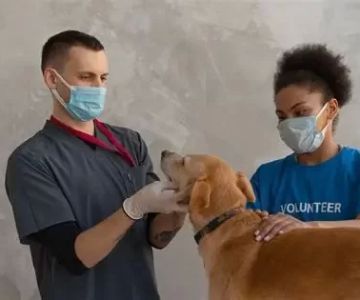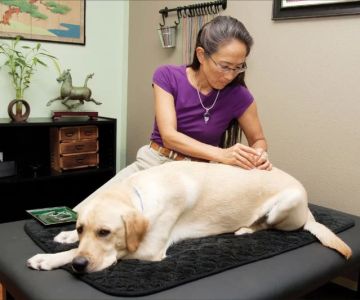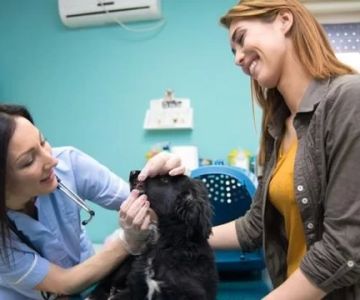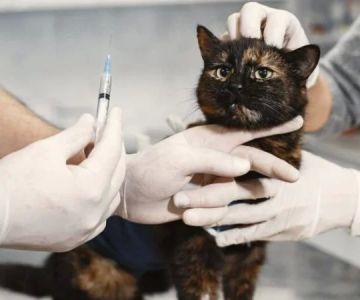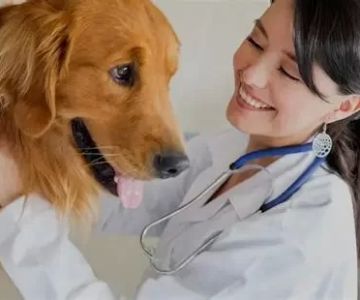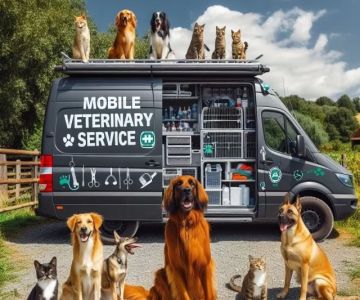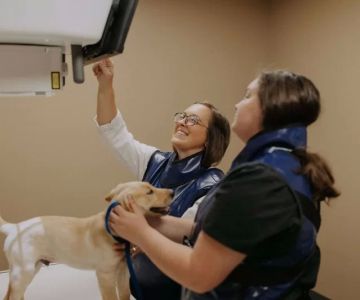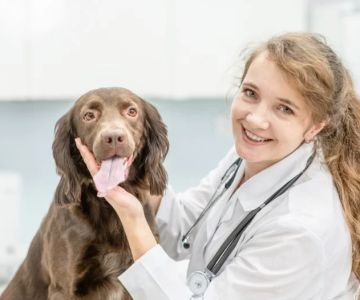Can a Non-Veterinarian Own a Veterinary Practice in Ohio?
- 1. Legal Requirements for Owning a Veterinary Practice in Ohio
- 2. Who Can Own a Veterinary Practice in Ohio?
- 3. Restrictions for Non-Veterinarian Owners in Ohio
- 4. Real-Life Examples of Non-Veterinarian Ownership in Ohio
- 5. Steps to Own a Veterinary Practice in Ohio as a Non-Veterinarian
- 6. Alternative Ownership Structures for Non-Veterinarians
1. Legal Requirements for Owning a Veterinary Practice in Ohio
Owning a veterinary practice is a dream for many individuals who are passionate about animals but may not necessarily be veterinarians themselves. In Ohio, as in many other states, the ownership of a veterinary practice is regulated by state laws to ensure that those involved in animal care are qualified and that the highest standards of care are upheld. The question arises: Can a non-veterinarian own a veterinary practice in Ohio?
Ohio’s veterinary practice laws are designed to prevent conflicts of interest and protect the public and animals from unethical or substandard care. In general, the answer to whether a non-veterinarian can own a veterinary practice is nuanced and depends on several factors, including the legal structure of the practice and the level of involvement the non-veterinarian owner has in the actual care of animals.
2. Who Can Own a Veterinary Practice in Ohio?
In Ohio, veterinary practices are typically required to be owned by licensed veterinarians. This rule is in place to ensure that those in charge of animal health are qualified to make medical decisions and provide professional veterinary care. However, non-veterinarians can still be involved in the ownership of veterinary practices under certain conditions.
While a non-veterinarian cannot hold the sole ownership of a veterinary practice in Ohio, they can own a veterinary clinic alongside licensed veterinarians. This form of partnership allows for business management, financial investment, and operational control to be in the hands of non-veterinarians, while the licensed veterinarian is responsible for the clinical side of the practice.
This dual ownership structure is often seen in practices that require capital investment, where the non-veterinarian partner brings in business acumen and financial resources, while the veterinarian ensures high-quality care and compliance with state regulations.
3. Restrictions for Non-Veterinarian Owners in Ohio
Though a non-veterinarian can own part of a veterinary practice in Ohio, there are significant restrictions. These limitations are designed to ensure that clinical decisions remain in the hands of qualified professionals. For example, a non-veterinarian cannot directly participate in the diagnosis or treatment of animals. They must remain in a business or managerial role, without any involvement in the medical aspects of the practice.
Additionally, Ohio law mandates that the practice must be structured so that the controlling interest lies with a licensed veterinarian. In other words, the veterinarian partner must retain the majority ownership of the business and be responsible for the practice’s medical operations. This ensures that the practice adheres to ethical standards and operates in compliance with veterinary regulations.
4. Real-Life Examples of Non-Veterinarian Ownership in Ohio
In my research and through conversations with practice owners, I’ve learned that non-veterinarian ownership in Ohio can be a successful venture when done correctly. For instance, one veterinary clinic in Columbus is co-owned by a non-veterinarian investor who provides the capital for expansion and modern equipment, while the veterinarians manage the clinic’s operations. The non-veterinarian owner is responsible for the financial and business side of things, allowing the veterinarians to focus on what they do best—providing high-quality medical care.
Such partnerships have been crucial in making veterinary practices more accessible and helping them grow, particularly in smaller communities where funding may be limited. However, these arrangements are strictly regulated to ensure that veterinarians retain control over clinical decisions, which ensures that the practice operates ethically and professionally.
5. Steps to Own a Veterinary Practice in Ohio as a Non-Veterinarian
If you are interested in owning a veterinary practice in Ohio but do not hold a veterinary license, there are steps you must take to ensure that your ownership structure is legal and compliant with state regulations. Here are the key steps:
- Partner with a Licensed Veterinarian: Find a licensed veterinarian who is willing to enter into a partnership where you provide business management or capital while they manage the medical aspects of the practice.
- Consult with Legal and Financial Advisors: Work with an attorney who specializes in veterinary practice law and a financial advisor to structure the ownership agreement in compliance with Ohio’s regulations. This includes ensuring that the licensed veterinarian maintains control of the clinical operations.
- Ensure Compliance with the Ohio Veterinary Medical Licensing Board: It’s essential to file all necessary paperwork with the Ohio Veterinary Medical Licensing Board (OVMLB) and follow any additional regulations for business ownership and management.
- Secure Funding and Develop a Business Plan: As a non-veterinarian owner, you’ll need to secure funding and develop a business plan. Your role will primarily focus on the business side—marketing, financial management, and operational decisions.
By following these steps, non-veterinarian owners can become successful partners in veterinary practices while ensuring compliance with Ohio’s veterinary laws and regulations.
6. Alternative Ownership Structures for Non-Veterinarians
If you’re not interested in becoming a co-owner with a veterinarian, there are other ownership structures to consider. One option is to invest in a veterinary practice through a corporate or equity investment. This allows you to have a financial stake in the practice without being involved in daily operations or clinical decisions. Another option is to become a manager or operator of the practice, handling the administrative side while veterinarians maintain control over medical decisions.
For instance, some veterinary practices operate as corporate entities, allowing non-veterinarian investors to own shares of the business. In this scenario, you would not have any direct involvement in medical decisions, but you could still benefit from the success of the practice.
Understanding the legal frameworks and finding the right partner is essential to making these alternative structures work effectively. Always consult with a legal professional who specializes in veterinary business laws to ensure that your investment or involvement complies with Ohio’s regulations.

